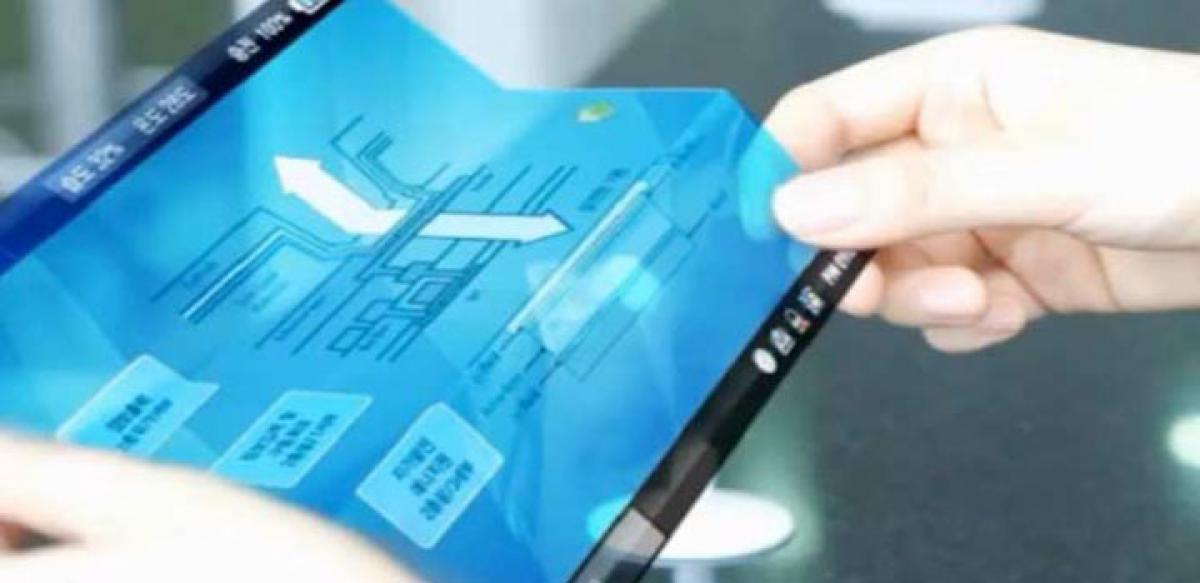Live
- Nikki Tamboli stuns in Dubai
- Amritha Aiyer and her sense of fashion
- Rowdy Sheeter Badruddin Arrested in Mangaluru Gun Firing Case
- Dressing up for the first Lohri: Ethnic looks That shine bright
- Nidhhi Agerwal receives threatening comments on SM, files cybercrime complaint
- Aishwarya Rajesh eyes career breakthrough with ‘Sankranthiki Vasthunnam’
- TTD Offers Special Darshan and Medical Support to Stampede Victims
- Blinkit Now Delivers Laptops, Monitors, and Printers in 10 Minutes
- OnePlus 13 First Sale Begins Today: Price, Offers and Discounts
- Wilting MVA in Maha, Sanjay Raut dares Congress to announce end of INDIA bloc










